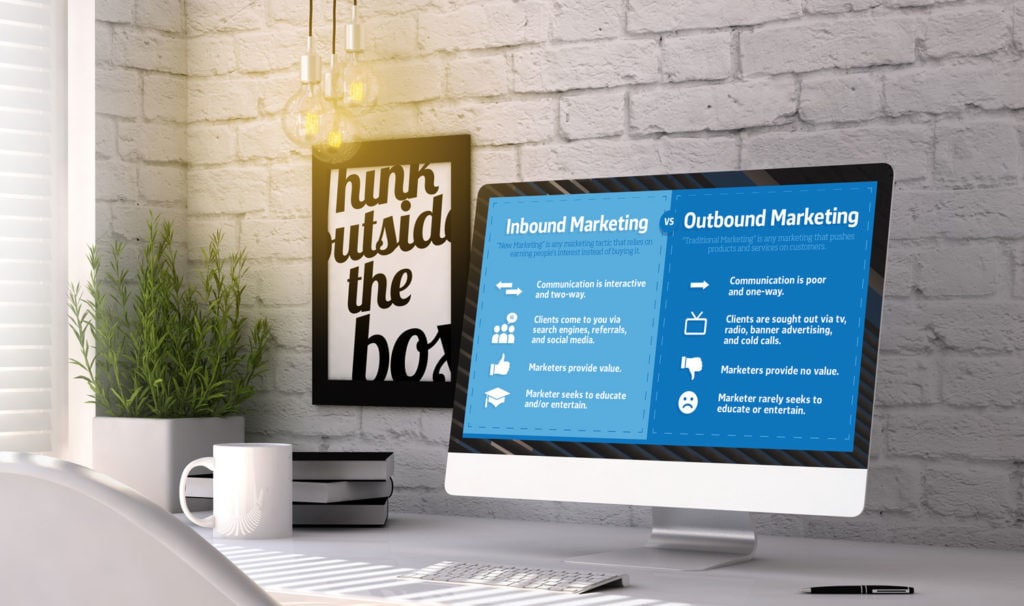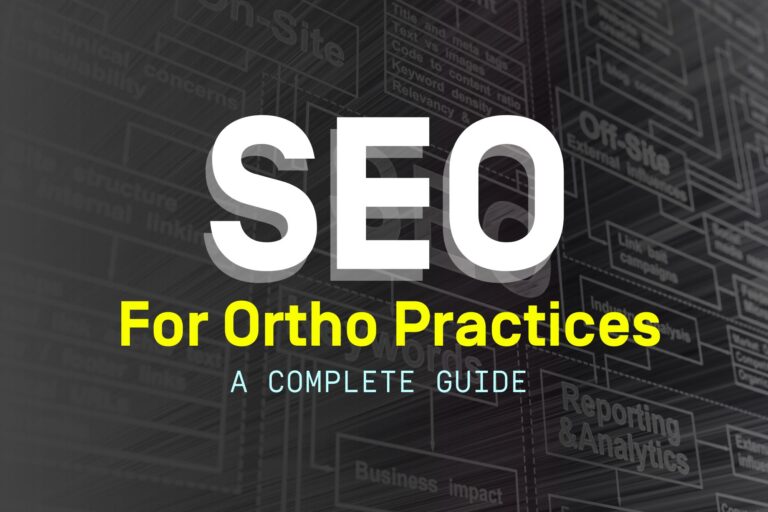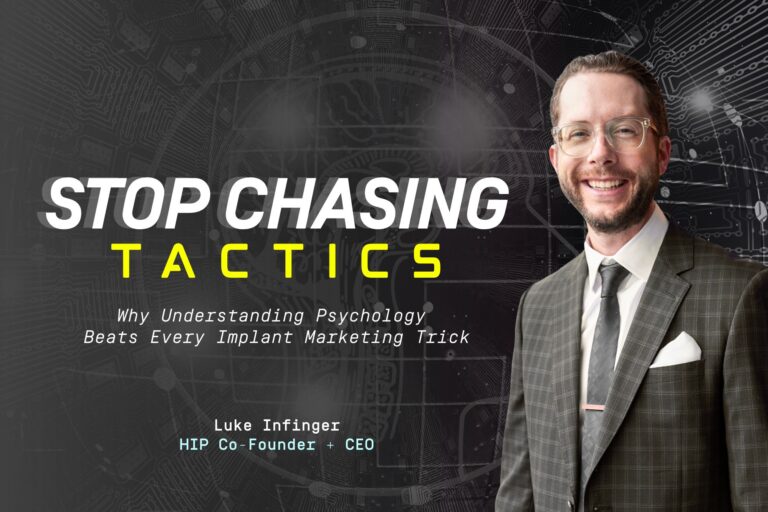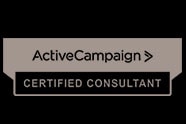The Marketing Evolution
When most people think of marketing today, they still think about the traditional methods of marketing. But when you really stop and evaluate these methods, they’re rather limited. Specifically, they’re limited to selling people on the advertiser’s version of the truth. There’s no assurance of a satisfactory experience for the customer. And since there’s no way for companies to truly tell how effective these ads really are, it’s no picnic for the advertiser, either. Consider the example of the billboard, a mainstay of traditional marketing. It projects a large image for the world to see. It sends the message the marketer wants to send. But what else does it do? You can’t track how many people see the billboard, nor can you determine how many people changed their buying behavior as a result of the billboard. With no tangible return on the hefty investment in a billboard advertisement, that money is essentially spent on hope. That’s not a wise investment in today’s world.
Inbound Marketing WHAT EXACTLY IS IT?
You’ve probably heard the term inbound marketing thrown around in professional circles. It’s a big buzzword in modern marketing, and with good reason. Inbound marketing fills all the gaps left by old-school marketing. It’s tailored directly to the person that sees it, resolving a defined need of that individual. It’s quick, accessible, and inexpensive. And unlike the billboard, it’s data-driven. In other words, you’ll be able to track everything that takes place as a result of your marketing. But forget about tracking for a second. Nearly three-quarters of Internet users have gone online in search of medical information over the past year. Even more telling is that 77 percent of those people began their search at a search engine such as Google or Bing. In essence, if you publish high-quality, relevant information on the Internet, people will find it.











